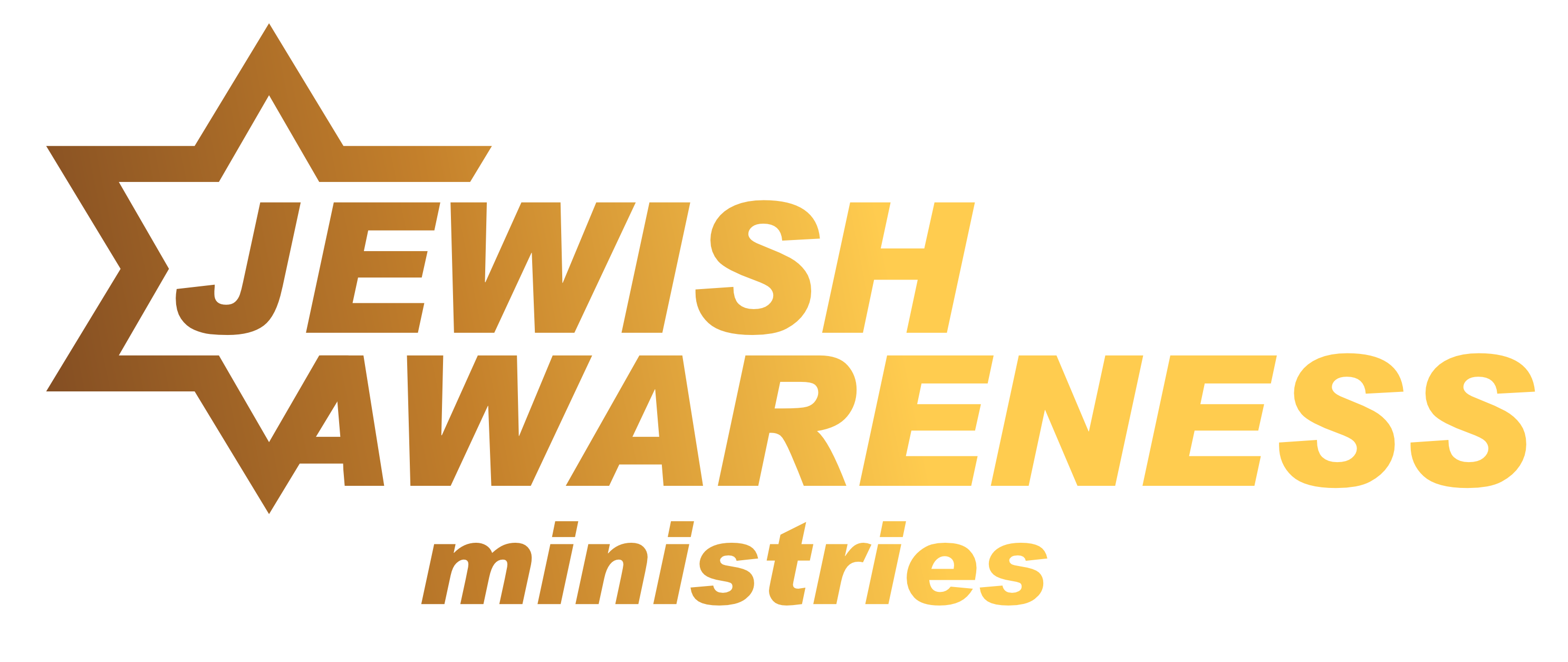This non-Biblical holiday is a minor one, and is one that is observed only by the Orthodox and Chasidim (Ultra-Orthodox).
LAG BA-OMER – pronounce “LAG” as “Log.” Pronounce “OMER” to rhyme with “roamer.” “BA” has a short “a.” The accent is on the “OM.”
LAG BA-OMER – Hebrew for “Thirty-three in the Omer.” This is the name of a minor, non-Biblical holiday that will be observed by the religious on sundown Wednesday, May 2, and ending at sundown on Thursday, May 3, 2018, or Iyar 18 in the Jewish calendar.
In Vayikra (Leviticus) 23:10-14, on the Feast of Firstfruits, God told His people to bring a sheaf of grain, the firstfruits of the harvest, to the priest in the Temple. This was to be done “on the next day after the sabbath (Passover sabbath). The priest was to wave this sheaf of grain as a thanksgiving offering for the harvest. Other offerings were commanded also on this day, the Feast of Firstfruits. The sheaf of grain that was waved was called the “omer.” In Vayikra 23:15-21, God then enjoined His people to number seven sabbaths (seven weeks), or 49 days, beginning on this day of Firstfruits. After this numbering, on the 50th day, an offering of grain from the new harvest was to be brought to the Temple, along with other sacrifices. This 50th day is the holiday of Shavuot (Shavuos), or “Weeks,” in Hebrew. In HaBrit HaChadasha, or the New Covenant, we know it as Pentecost in Acts chapter 2.
Lag Ba-Omer is the 33rd day in the counting of the 49 days, the counting of the omer. Religious Jewish people observe the period of these 49 days as one of semi-mourning, and there are many prohibitions. They do not listen to music, cut their hair (or shave!), go to parties, or perform weddings. On Lag Ba-Omer, though, these prohibitions are lifted, and there are thousands of weddings!
There are a few theories for this semi-mourning. According to tradition, during the 49 days of the omer-counting, a terrible plague killed 24,000 students of Rabbi Akiva, the foremost Jewish scholar in the first century. On Lag Ba-Omer, though, the plague stopped, and thus, this is a great day of celebration. Rabbi Akiva viewed Bar Kokhba (one of the many false messiahs) as the Messiah and supported his unsuccessful revolt against Rome from 132 – 135 A.D. Some scholars believe that the references in the Talmud (the foremost Jewish commentary) to the deaths of the 24,000 students of Rabbi Akiva is but a veiled report of this unsuccessful battle. On Lag Ba-Omer, though, these students may have enjoyed an important, but brief triumph – perhaps the recapture of Jerusalem, since special coins were struck for this very vital victory. To commemorate this important victory, Jewish children today make bows and arrows and go into the fields and forests, hold archery contests, and have picnics.
Some of the Chasidim, or Ultra-Orthodox Jewish people who are also very mystical, believe that Lag Ba-Omer is the anniversary of the death of Rabbi Simeon bar (“son” – Aramaic) Yochai, a very famous scholar and ascetic (a pupil of Rabbi Akiva) who lived during and after the time of Bar Kokhba’s and Rabbi Akiva’s unsuccessful revolt against Rome. Simeon bar Yochai refused to obey the Roman decree against teaching the Hebrew Scriptures and rabbinic commentaries. He fled to the Galilee and hid in a cave for 13 years, living on the fruit of the carob tree. Each year on Lag Ba-Omer, his pupils visited him, disguising themselves as hunters. This is also the reason for the use of bows and arrows.
Rabbi Simeon bar Yochai left instructions that his death anniversary (on Lag Ba-Omer) be celebrated as a holiday and not a day of mourning! He wanted his followers to rejoice at his gravesite on Lag Ba-Omer and promised to bless those who bring joy to the celebrants! He is buried in the small village of Meiron in northern Israel. On Lag Ba-Omer thousands of Chasidim come from all over Israel and pitch tents. Many dance throughout the entire night, especially around Simeon bar Yochai’s tomb. Boys who are three years old have their hair cut here for the first time on Lag Ba-Omer. This is done because another well-known mystic, Isaac Luria, in the 16th century, brought his small son to Meiron where they cut his hair “according to the well-known custom.” This hair is thrown into a huge bonfire which is kept burning near Simeon bar Yochai’s tomb. (Huge bonfires are also lit throughout Israel). This custom was originally a pagan rite of magic in which a part of a person’s body is sacrificed to appease evil spirits and guard the body itself from their wrath. All the hair of the three-year old boy is cut except by the temples in front of the ears. This practice is taken from Vayikra 19:27 where God commands His people, “Ye shall not round the corners (temples) of your heads, neither shalt thou mar the corners of thy beard.” This is also why Orthodox men have beards. This is the reason for the long curls or side earlocks (in Hebrew – “payot,”or “payos”) that Orthodox boys and men have in front of their temples. In Yiddish this practice of cutting all the hair except by the temple is called “Upsherin” -“to shear.”
Won’t you pray for these Ultra-Orthodox, mystical people, especially on May 26, Lag Ba-Omer. How we long for them to come to the One who, at approximately 33 years of age, died for them so that they can have forgiveness of sins and joy now and throughout all eternity!
“Thou wilt show me the path of life. In thy presence is fullness of joy; at thy right hand are pleasures for evermore.” – Tehillah (Psalm) 16:11.
“I am come that they might have life, and that they might have it more abundantly. – John 10:10b, HaBrit HaChadasha (New Covenant).
